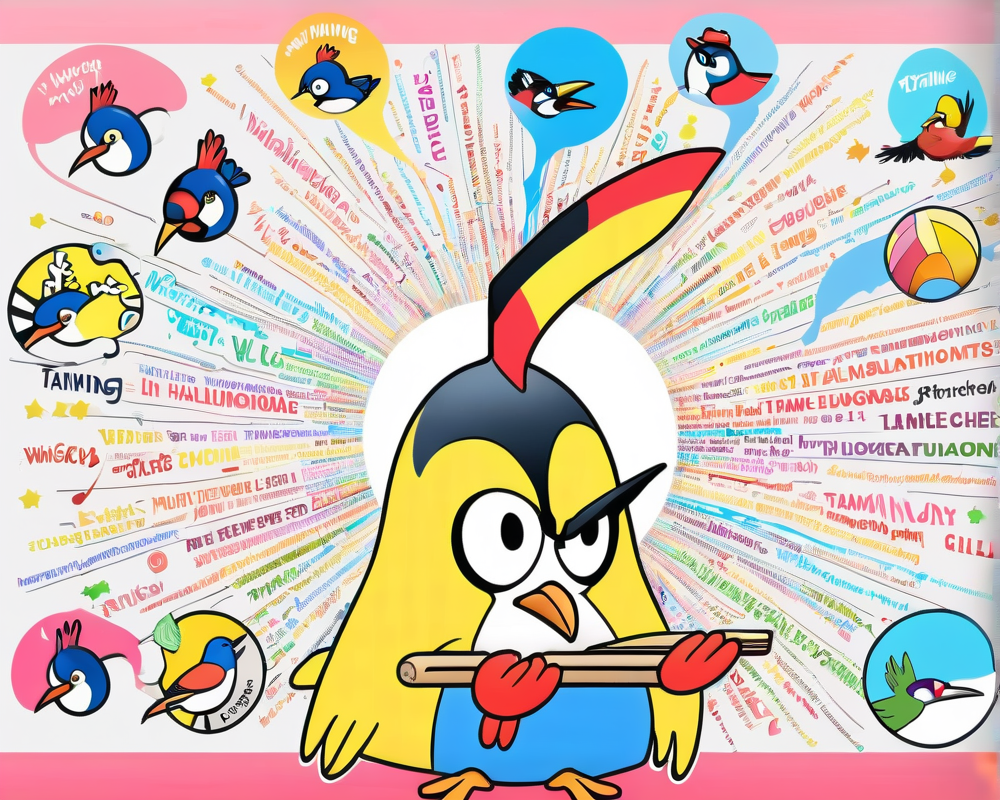Understanding AI Hallucinations
Artificial intelligence isn’t always the sharpest tool in the shed. One of its quirks, humorously referred to as ‘hallucination’, is when AI models confidently spout incorrect information. It’s like your friend who thinks they’re a trivia whiz but hilariously misidentifies the capital of France as ‘Paris, Texas’. In serious terms, this is a significant issue in large language models (LLMs) like ChatGPT and Claude, leading researchers to seek solutions.
Meet Woodpecker: The Hallucination Hero
Enter the heroic squad of scientists from the University of Science and Technology of China and Tencent’s YouTu Lab, who have birthed a new tool aptly named ‘Woodpecker’. According to their claims, Woodpecker is the AI equivalent of a stern librarian, ready to correct the fanciful fables that LLMs sometimes produce. Its mission? To correct hallucinations in multimodal large language models (MLLMs), which are the cool kids in AI, handling both text and visual data.
How Woodpecker Works
Imagine Woodpecker as a three-headed dragon—aside from the MLLM acting up, it recruits two other highly capable AI models: GPT-3.5 turbo, Grounding DINO, and BLIP-2-FlanT5. These models join forces to evaluate and rectify any hallucinations. They’re not just sitting there; they actively tell the problematic model, “Hey, cowboy, that’s not the way!” and guide it to create better outputs.
Decoding the Five Stages of Correction
So, what’s the process behind this miraculous correction? Buckle up, because it involves five detailed steps:
- Key Concept Extraction: Pinpointing what the AI got wrong.
- Question Formulation: Asking the right questions to guide corrections.
- Visual Knowledge Validation: Ensuring that visual data backs up any claims made.
- Visual Claim Generation: Formulating responses based on valid data.
- Hallucination Correction: Putting everything together to enhance the output.
This process helps MLLMs navigate through their own quirks and misguided confidence, ensuring outputs that are not just fancy-sounding but also factually accurate.
The Impact and Future of Woodpecker
In their preprint research, the team touted an impressive accuracy improvement rate of 30.66% and 24.33% over the baseline outputs of MiniGPT-4/mPLUG-Owl. That’s like going from a grade C to an A in the AI world. Plus, Woodpecker is designed with flexibility in mind, making it easy to incorporate into various MLLMs. A true team player!
What Lies Ahead?
As we venture deeper into the world of AI, it’s essential to address hallucinations head-on. With Woodpecker leading the charge, we may soon witness a new era where AI-produced outputs are not only engaging but also reliable. Will this solve all our AI woes? Only time will tell. But here’s to hoping that our robotic friends learn to stop dreaming up wild tales!




